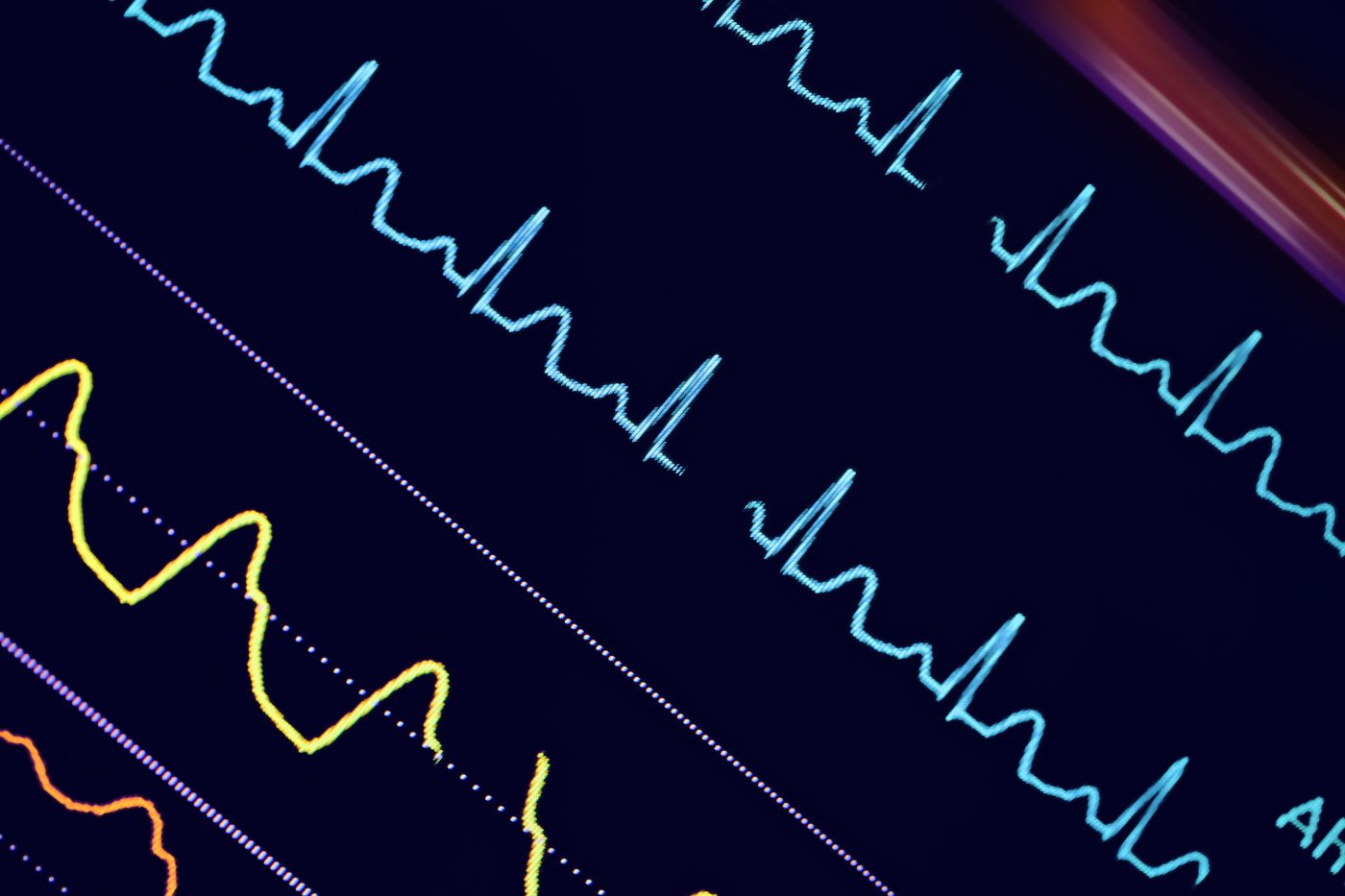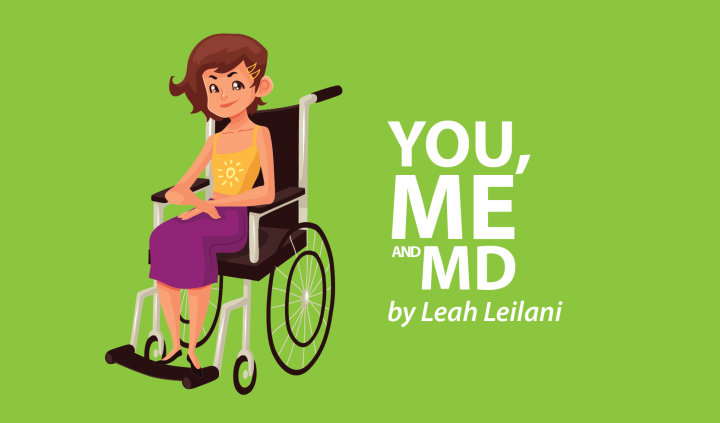Fitbit Is Not Just for the Able-bodied

Fitbits aren’t just for able-bodied fitness gurus; they have many more features than just counting footsteps. As I was out on a shopping trip with a friend a couple of months back, I realized she was wearing one. I immediately thought, “Oh, she’s just trying to be more conscious of her health,” until she informed me that it was the AltaHR version.
My friend, born with a heart defect, knows as well as I do what it’s like when lack of heart health interrupts daily living. About 10 years ago, my cardiologist diagnosed me with cardiomyopathy and tachycardia. Cardiomyopathy is a condition that causes the heart to enlarge, making it difficult for blood to be pumped to the rest of the body. Tachycardia, on the other hand, is the quickening of the heartbeat, usually caused by an abnormality in the electrical impulses that make the heart contract.
On a normal day, when my medication is working, my resting heart rate is around 90 beats per minute (bpm). But when I experience a tachycardic episode, my heart rate can accelerate to 160 bpm without exercise. To put that into perspective, a healthy person’s resting heart rate is 50 to 70 bpm. If a person’s heart rate reaches 120 bpm, it can potentially cause a stroke. Because my heartbeat rests at a higher speed, my cutoff number to go to the emergency room would be 150 bpm for 10 minutes.
Connect with other people and share tips on how to manage Muscular Dystrophy in our forums!
The AltaHR doesn’t just begin and end with tracking your heart rate. It also monitors sleep and calorie intake and output, and has call and text alerts. I will admit, however, that the sleep tracking isn’t as precise as I would like. Instead of starting the recording as I drift to sleep, it begins right as I lie down in bed, interpreting my lack of activity as me already sleeping. I enjoy the call and text alerts because they give me the freedom to be away from my phone if I want to unplug for a little while. The interchangeable wristbands are a plus as well, giving you the option to make your Fitbit more tailored to your personality and likings.
Before I got my Fitbit, I had to inform my mother every time I felt palpitations, which in turn, gave her a reason to worry and amplify my anxiety around the situation. Now, all I have to do is look down at my wrist, and I immediately know how high or low my heartbeat is, therefore giving me more independence.
***
Note: Muscular Dystrophy News is strictly a news and information website about the disease. It does not provide medical advice, diagnosis or treatment. This content is not intended to be a substitute for professional medical advice, diagnosis, or treatment. Always seek the advice of your physician or another qualified health provider with any questions you may have regarding a medical condition. Never disregard professional medical advice or delay in seeking it because of something you have read on this website. The opinions expressed in this column are not those of Muscular Dystrophy News or its parent company, Bionews Services, and are intended to spark discussion about issues pertaining to muscular dystrophy.








Leave a comment
Fill in the required fields to post. Your email address will not be published.